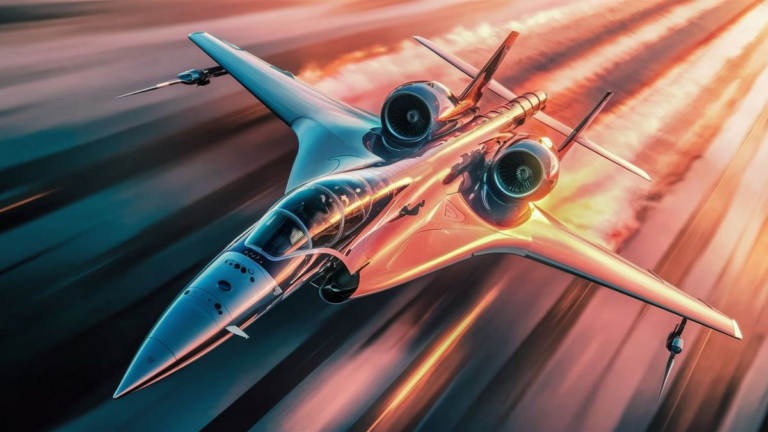Discovering the fastest speed ever recorded by an aircraft is a fascinating journey through the annals of aviation history. From experimental prototypes to cutting-edge military aircraft, the pursuit of speed has driven engineers and pilots to push the boundaries of aeronautical engineering.
The Need for Speed
The quest for speed in aircraft is driven by various factors, including military requirements, scientific research, and technological advancements. Faster aircraft can cover greater distances in less time, deliver payloads more quickly, and outmaneuver adversaries.
Landmark Achievements
Throughout history, several aircraft have set records for speed, each representing a significant milestone in aviation:
- The North American X-15 holds the record for the fastest manned aircraft, reaching a speed of Mach 6.72 (4,520 miles per hour) during a test flight in 1967.
- The Lockheed SR-71 Blackbird, a reconnaissance aircraft, achieved speeds exceeding Mach 3 (2,200 miles per hour) during its operational service in the 1960s and 1970s.
- The unmanned NASA X-43A scramjet set a record for the fastest air-breathing aircraft, reaching Mach 9.6 (7,000 miles per hour) in 2004.
Technological Innovations
The pursuit of faster aircraft has led to groundbreaking innovations in aerodynamics, propulsion systems, and materials science. Advancements such as supersonic and hypersonic propulsion, composite materials, and computer-aided design have enabled engineers to design and build aircraft capable of unprecedented speeds.
Challenges and Risks
Building aircraft that can sustain high speeds presents numerous technical challenges and safety risks. Aerodynamic heating, structural integrity, engine performance, and pilot safety are critical considerations in the design and operation of high-speed aircraft.
Future Prospects
As technology continues to advance, the future of high-speed flight holds exciting possibilities. Hypersonic aircraft capable of traveling at speeds exceeding Mach 5 could revolutionize air travel, enabling rapid global transportation and access to space.
The quest for the fastest speed ever recorded by an aircraft is an ongoing endeavor fueled by human ingenuity and the desire to push the limits of what is possible. From the early pioneers of aviation to modern aerospace engineers, each milestone represents a testament to human achievement and the relentless pursuit of progress.
Impact on Aerospace Industry
The development of high-speed aircraft has a significant impact on the aerospace industry. It drives innovation not only in military applications but also in commercial aviation and space exploration.
Commercial Applications
While high-speed military aircraft often grab headlines, the technology developed for them often finds its way into commercial aviation. Advancements in aerodynamics, materials science, and propulsion systems pioneered in high-speed aircraft contribute to the development of faster and more efficient commercial airplanes.
Space Exploration
High-speed aircraft also play a crucial role in space exploration. Research into hypersonic flight, for example, has direct implications for the development of spaceplanes and vehicles designed to re-enter Earth’s atmosphere at high velocities.
| Impact Area | Description |
|---|---|
| Military | High-speed aircraft are integral to military operations, providing reconnaissance capabilities, rapid response, and strategic deterrence. |
| Commercial Aviation | Technological advancements from high-speed aircraft contribute to the development of faster and more fuel-efficient commercial airplanes, enhancing global transportation. |
| Space Exploration | Research in hypersonic flight and materials science for high-speed aircraft directly benefits the development of spaceplanes and re-entry vehicles for space exploration. |
Frequently Asked Questions
Here are some frequently asked questions about the fastest speed ever recorded by aircraft:
- What is the significance of achieving high speeds in aircraft?
- How do advancements in high-speed aircraft technology impact commercial aviation?
- What challenges do engineers face in designing high-speed aircraft?
- How are high-speed aircraft contributing to advancements in space exploration?
See also:






